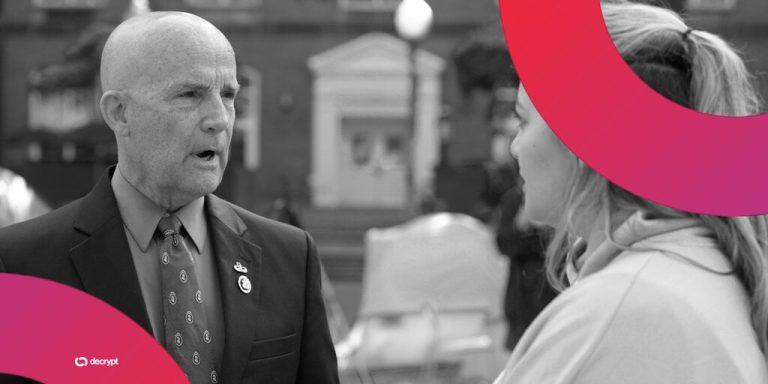
Sustainable Cities: How Europe is Shaping Eco-Friendly Lifestyles by 2025
Sustainable Cities, Eco-Friendly Lifestyle, Europe, and Green Living are the focus keywords for this article. As the world grapples with the challenges of climate change, environmental degradation, and social inequality, the concept of sustainable cities has become increasingly important. Europe, with its rich history, cultural diversity, and strong economy, is at the forefront of this movement, shaping eco-friendly lifestyles and setting an example for the rest of the world to follow. In this article, we will explore how Europe is shaping sustainable cities and what initiatives are being taken to achieve this goal by 2025.
Introduction to Sustainable Cities
A sustainable city is one that is designed to minimize its impact on the environment, while also providing a high quality of life for its citizens. This can be achieved through a range of initiatives, including the use of renewable energy, green transportation, sustainable architecture, and waste reduction. Sustainable cities are also designed to be socially and economically sustainable, with a focus on community engagement, social justice, and economic development.
Europe’s Sustainable City Initiatives
Europe has been at the forefront of sustainable city development, with many cities leading the way in innovative and eco-friendly initiatives. Some of the key initiatives include:
- Green Transportation: Many European cities are investing in green transportation systems, including electric and hybrid buses, trams, and trains. For example, the city of Copenhagen has a goal of becoming carbon neutral by 2025 and is investing heavily in electric and hybrid buses.
- Rapid Transit Systems: Cities like Paris and London have developed extensive rapid transit systems, including metros and buses, to reduce reliance on personal vehicles and lower emissions.
- Cycling Infrastructure: Cities like Amsterdam and Berlin have invested heavily in cycling infrastructure, including bike lanes, bike-share systems, and cycling-friendly roads.
- Renewable Energy: Many European cities are transitioning to renewable energy sources, including wind, solar, and hydro power. For example, the city of Munich has set a goal of becoming 100% renewable by 2025.
- Sustainable Architecture: European cities are also focusing on sustainable architecture, with a emphasis on green buildings, passive houses, and energy-efficient design. For example, the city of Vienna has developed a range of sustainable architecture initiatives, including the use of green roofs and solar panels.
Case Studies: Sustainable Cities in Europe
Several European cities are leading the way in sustainable city development, with innovative initiatives and a strong commitment to reducing their environmental impact. Some examples include:
- Copenhagen, Denmark: Copenhagen has set a goal of becoming carbon neutral by 2025 and is investing heavily in green transportation, renewable energy, and sustainable architecture.
- Stockholm, Sweden: Stockholm has developed a range of sustainable city initiatives, including a congestion tax, green roofs, and a focus on renewable energy.
- Barcelona, Spain: Barcelona has developed a range of sustainable city initiatives, including a focus on green transportation, sustainable architecture, and community engagement.
- Vienna, Austria: Vienna has developed a range of sustainable city initiatives, including a focus on sustainable architecture, green spaces, and social housing.
Conclusion
In conclusion, Europe is shaping sustainable cities and eco-friendly lifestyles, with a focus on reducing carbon footprint, promoting green living, and creating high-quality living spaces for citizens. By 2025, many European cities aim to be carbon neutral, with initiatives such as green transportation, renewable energy, and sustainable architecture. As the world looks to the future, Europe’s sustainable city initiatives provide a model for other cities to follow, promoting a healthier, more sustainable, and more equitable world for all.





